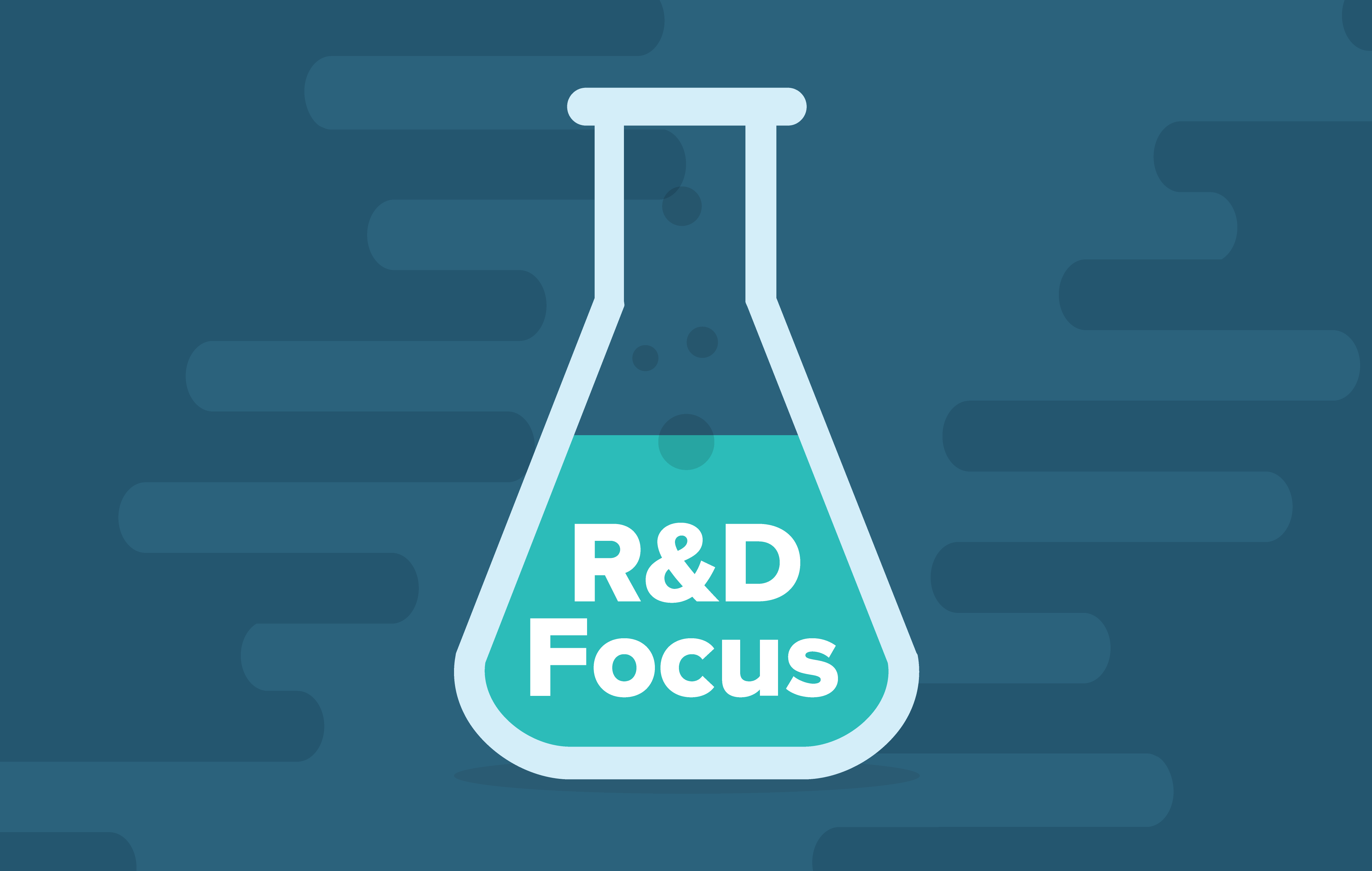In recent years, rapid advances in scientific discovery have ushered in a new era of medicine, transforming our ability to treat, and in some cases cure, some of the most challenging diseases, including cancer, rare diseases and autoimmune conditions. These advancements are due to the productivity of the United States’ biomedical research ecosystem, which is sustained by a policy framework that is designed to support and advance America’s leadership in the innovation of new medicines. Central to the success of this ecosystem is the leadership that comes from America’s biopharmaceutical research companies.
The uninterrupted flow of innovative lifesaving and life-improving new therapies for patients depends upon stability, predictability and a robust pipeline of science, technology, engineering and math (STEM) talent to succeed. In today’s R&D Focus, we will explore four ways biopharmaceutical companies lead the development of innovative new medicines for patients who need them.
Translating Basic Science into New Medicines
The drug discovery and development process is a long and multifaceted endeavor that begins with basic research in laboratories that lays the foundation for the succeeding stages of development that are necessary to bring those discoveries to patients in the form of new medicines. While government-funded research often increases basic understanding of the biology of a disease, which can include identifying a protein, receptor, or an enzyme (i.e., drug target) associated with a disease, so too does the biopharmaceutical industry. However, while this is a critical first step, this kind of scientific discovery is still a long way from becoming a new medicine. Biopharmaceutical companies utilize experts in disciplines like medicinal chemistry, process chemistry and formulation, and drug metabolism and pharmacokinetics to understand if an identified drug target can be modified by a compound that will – provide a clinical benefit to patients. These kinds of scientific endeavors, among other technological innovations, are practiced in the biopharmaceutical industry at a scale and integration that far outpaces academic and government settings.
According to the National Institutes of Health (NIH)’s own estimates, direct contributions of government research to a final therapeutic product are “limited and difficult to determine.” According to the study, which examined all FDA-approved medicines that had reached $500 million in sales in the U.S. per year, no one medicine was developed entirely by NIH and just four were developed using government-funded research that resulted in use or ownership rights to patented technologies used in the development of the medicines. Each of those four medicines were based on different uses of patented process technologies, developed at academic institutions and teaching hospitals with support from NIH grants, and the license holders received royalties for their contributions. An additional study found that of the most transformational medicines developed over a 25 year period, the private sector was responsible for 58% of discovery milestones, 73% of development millstones and 81% of manufacturing milestones compared to the public sector.
Although it can take 10-15 years to translate early discoveries into medicines ready for patients, the private sector continues to significantly drive the life cycle of new medicine through several complex and iterative processes. Thanks to the biopharmaceutical industry’s long-term investments in research and development (R&D), it has been estimated that there are nearly 7,000 medicines in development around the globe.
Taking the Big Risks
Developing early discoveries into patient-ready therapies is a difficult, risky and costly investment, often fraught with more setbacks than success. Biopharmaceutical companies invest an average of $2.6 billion to develop one new medicine, with less than 12% of new molecular entities that enter clinical trials eventually receiving U.S. Food and Drug Administration (FDA) approval. Additionally, the entire biopharmaceutical industry’s R&D investment in the U.S. is $97 billion a year compared to the entire NIH budget of $32.6 billion — only a small portion of which is focused directly on drug research.
Without a guarantee that R&D investments will yield an effective therapy, biopharmaceutical companies assume substantial risky resource investments as well as scientific and regulatory risk to develop new treatment options for patients.
Always Innovating
To keep up with advancing science, including emerging therapies like cell and gene therapies, biopharmaceutical companies are focused on continuous innovation in the manufacturing process. Biopharmaceutical companies constantly research, develop and adopt new technologies and processes, such as continuous manufacturing, high-volume cell processing, and advanced purification, preservation and distribution modes, all of which are key to ensuring the safety and efficacy of new medicines.
America’s biopharmaceutical industry is the global leader in biopharmaceutical manufacturing with a significant footprint in in the United States, operating 1,100 facilities nationwide. Additionally, biopharmaceutical companies are responsible for 81% of manufacturing milestones and outpaced all other manufacturing sectors in economic growth from 2000-2016. As innovative breakthroughs and scientific advances evolve the biopharmaceutical manufacturing landscape, the industry keeps pace by constantly researching, developing and adopting new technologies and processes key to manufacturing medicines.
Sustaining Top STEM Talent
Over time, the biopharmaceutical sector has developed a significant scientific expertise and deeply integrated teams to tackle the complexity of translational science and support the life cycle of new medicines. This breadth and depth of talent impacts each step of the development process. Today, biopharmaceutical companies employ 800,000 Americans in high-wage STEM jobs focused on the R&D of new medicines, and supports an additional 4.7 million jobs nationwide.
As policy debates in Washington continue regarding what role the federal government can and should play in biomedical R&D, it’s critical we don’t lose sight of the vitality of the current drug discovery and development ecosystem that has helped make the United States the global leader in medical innovation. Speaker Nancy Pelosi’s drug pricing proposal, H.R. 3, threatens the progress biopharmaceutical companies can forge in discovering new lifesaving treatments, putting American patients at risk. It is imperative that we protect the biopharmaceutical landscape to allow ongoing innovation, translational science and manufacturing of new medicines.
Learn more about Speaker Pelosi’s drug pricing plan here.
Take action and tell Congress to stop Speaker Pelosi’s plan here.



